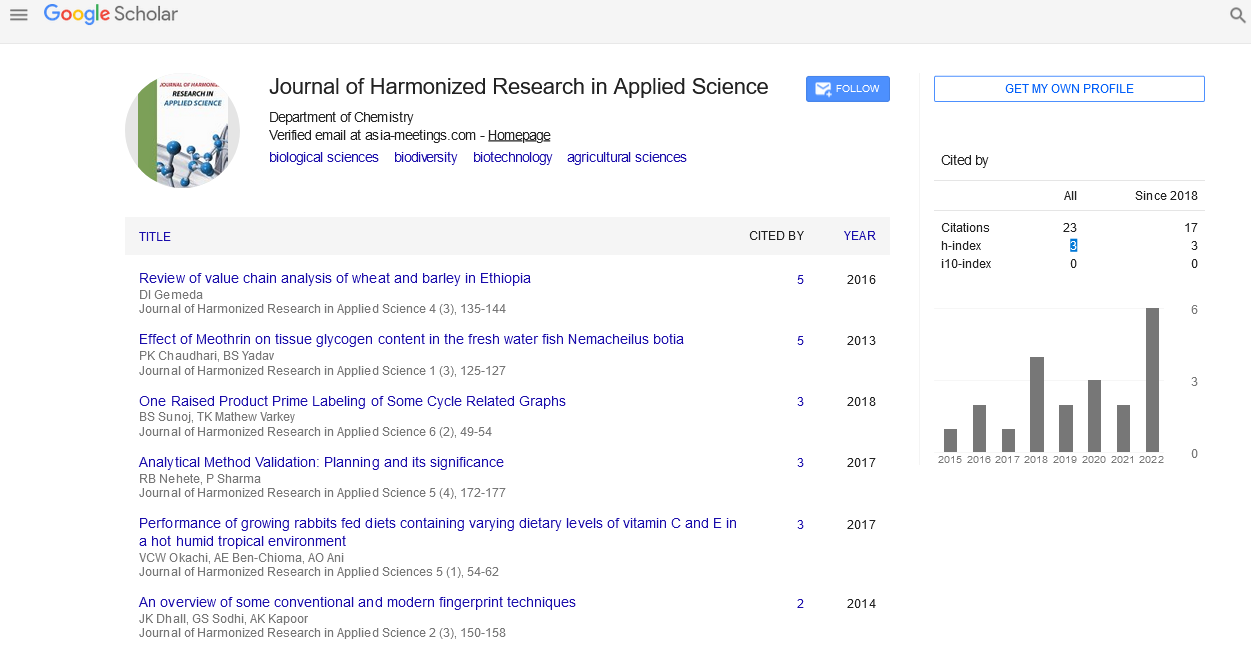CONSTRAINTS AND OPPORTUNITY OF BEEKEEPING IN ETHIOPIA: A REVIEW
Abstract
Author(s): Siraj Sh Mohammed Adam*
The goal of this article was to summarize beekeeping’s limits and potential in Ethiopia. Beekeeping techniques and some of the roles of this sector in Ethiopia’s economy will be covered in this article. Currently, there are three broad classifications of honey production systems in Ethiopia; these are traditional (forest and backyard), transitional (intermediate), and modern (frame beehive) systems. Despite the challenges and constraints, Ethiopia has the largest bee population in Africa with over 10 million bee colonies, of which 5 to 7.5 million are hived while the remaining exists in the wild. The country has the potential of producing up to 500,000 tons of honey per annum. But currently, the production is limited to 53,000 to 58,000 tons of honey. Ethiopia has even bigger potential than the current honey production due to the availability of plenty of apicultural resources such as natural forests with adequate apiculture flora, water resources, and a high number of existing bee colonies. Lack of well-trained manpower, honey bee pests and diseases, the high cost and limited availability of modern beekeeping equipment and improper use of pesticides are some of the major constraints that prevent Ethiopian beekeeping from reaching its full production potential. To significantly improve the beekeeping sub-sector, the government and relevant development partners must collaborate to organize and promote forums on how to improve this industry and realize its full potential.
Haberler
Haberler
Haberler
Haberler
Haberler
Haberler
Haberler
Haberler
Haberler
Haberler
Haberler
Haberler
Haberler
Haberler
Haberler
Haberler
Haberler
Haberler
Haberler
Haberler
Haberler
Haberler
Haberler
Haberler
Haberler
Haberler
Haberler
Haberler
Haberler
Haberler
Haberler
Haberler
Haberler
Haberler
Haberler
Haberler
Haberler
Haberler
Haberler
Haberler
Haberler
Haberler
Haberler
Haberler
Haberler
Haberler
Haberler
Haberler
Haberler
Haberler










